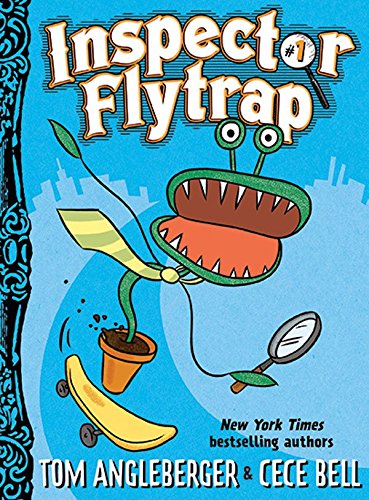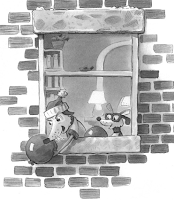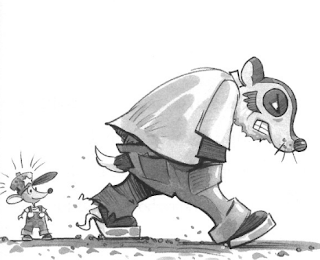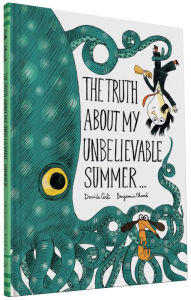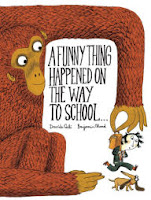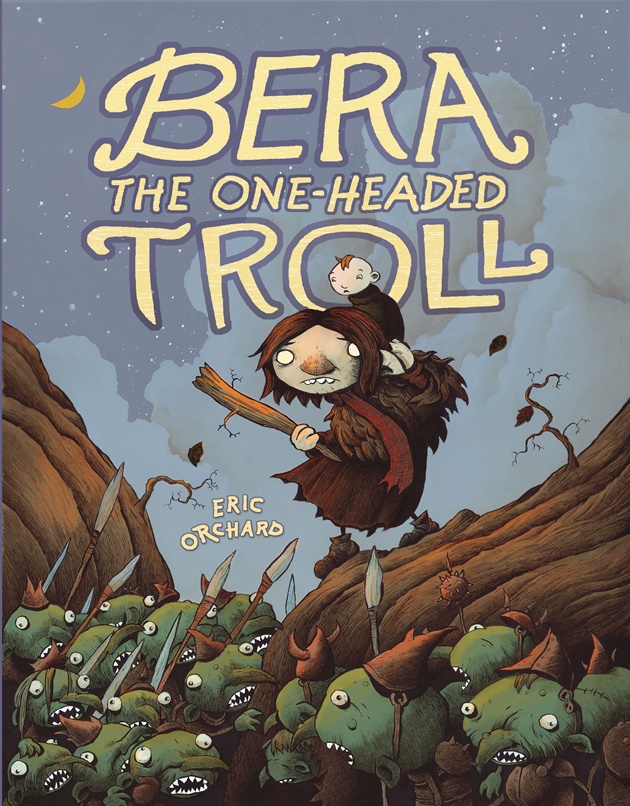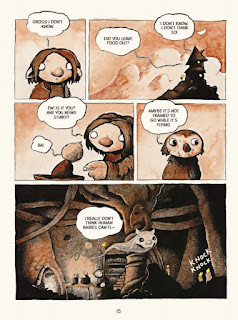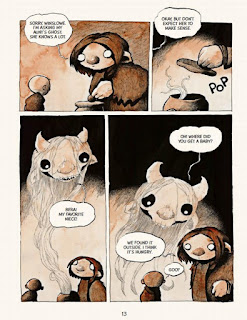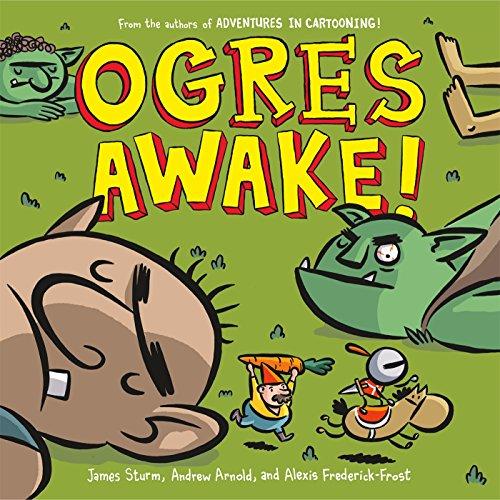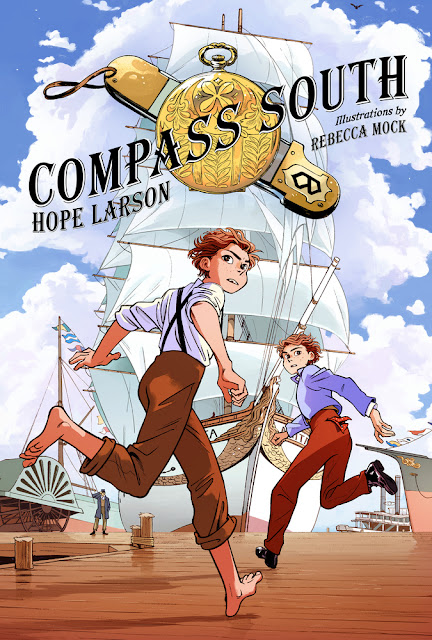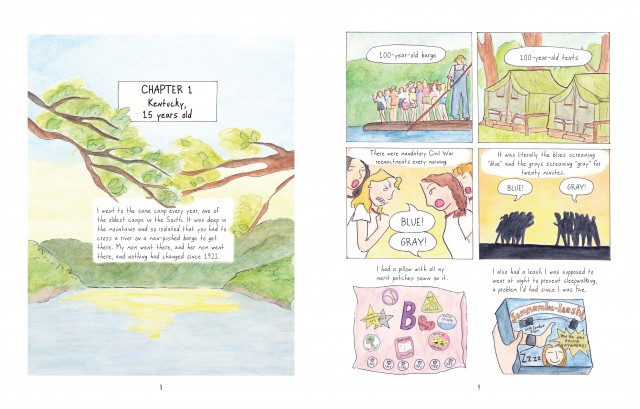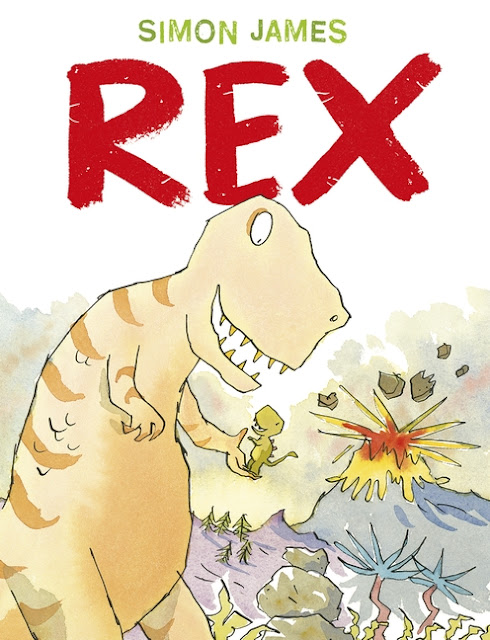It's a very good time to be an emerging reader, especially because Tom Angleberger and Cece Bell, celebrity super couple of the kid's book world, have teamed up again! This time, the duo bring their weird, wacky senses of humor to Inspector Flytrap, a series of books featuring a hard boiled detective who just happens to be a Venus Flytrap.
Being a detective - and a plant - has its challenges. Happily, Inspector Flytrap (who is constantly correcting people who refer to him as Mr. Flytrap) has an assistant, Nina, who puts him on a skateboard and does all the driving whenever they need to get to a crime scene quickly. Nina is a goat, which has a few drawbacks since she will eat anything. As the Inspector says, "it's scary to have an assistant who eats everything, especially for a plant like me." Nina also has a standard flip response to almost everything, which is, "Big deal."
The first Big Deal case (no small deal cases for him) readers get to see Inspector Flytrap tackle comes from Lulu Emu, a museum employee who take the Inspector and Nina into the Top Secret Art Lab to help solve the mystery of the strange yellow blob on a newly discovered, extremely rare painting by Leonardo Da Vinci. In fact, this happens to be the only flower painting Da Vinci every created. Nina, being Nina, licks the yellow blob and notes that it tastes salty. The Inspector soon cracks the case, the solution of every case getting a full page, multi-panel comic strip. Turns out, Da Vinci sneezed on his own painting, leaving a booger on the canvas. Lulu Emu is disappointed as she thought it was a secret message, a la a Don Brown novel, but her coworker in charge of the museum's Gallery of Mucus is thrilled!
The gags and goofiness in Inspector Flytrap continue throughout the four chapters of the novel in which the Inspector solves three cases and spends one chapter eating lunch at the restaurant where he first met Nina. Inspector Flytrap takes a lot of calls, and one of my favorite jokes in the book comes when he gets a call or two from a fly with a case. Also, Nina usually eats evidence or missing items that have been found, which is also hilarious. There is also a really great range of animals in the Inspector Flytrap series, including a sloth and a dodo, two favorites of mine. I ordered this series for my library before I even read them and now, having read the first book, I plan to order a couple more sets - the Inspector Flytrap books are going to be hot, hot, hot!
Book 2 in the Inspector Flytrap series:
Coming in January 2017!
Source: Review Copy
